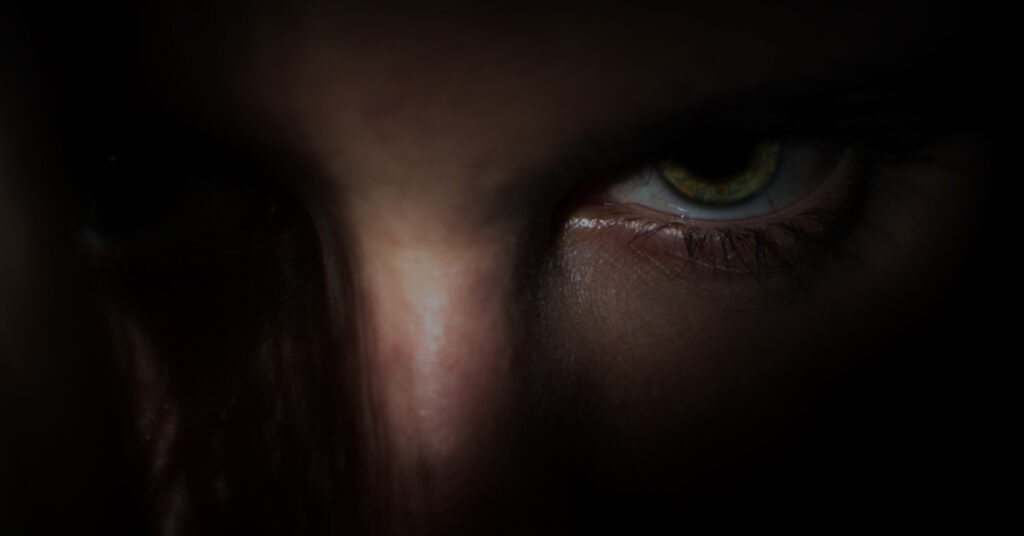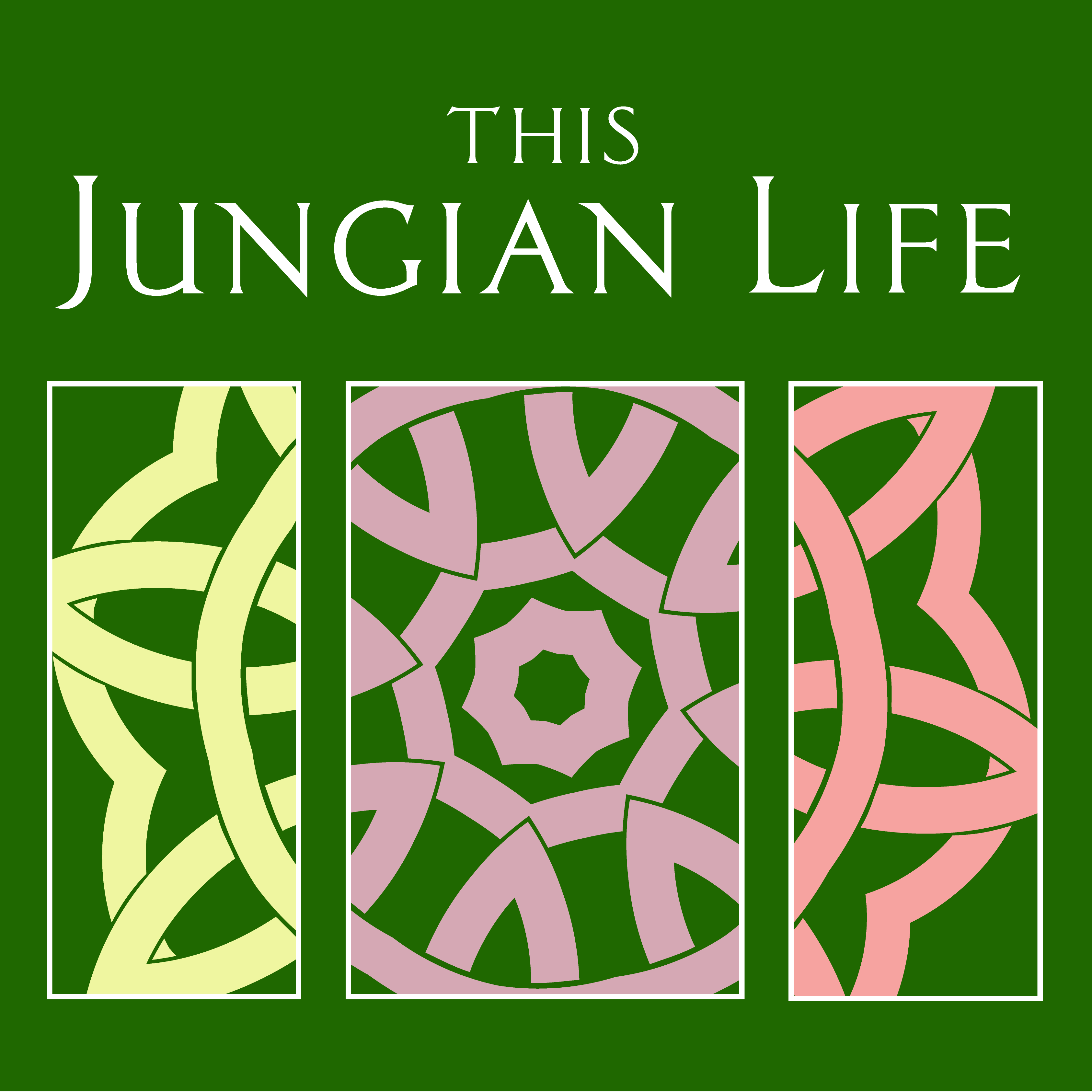
Hatred is a universal human emotion related to distancing and destroying. Hatred is anger, disgust, judgment, and contempt cemented into implacable permanence. Obsessive and inflating, hatred dupes us into feeling righteous and wrathful instead of small and wounded. Hating tricks us into projecting our disowned qualities onto an outer other, making the object of our hatred into an avatar for our own split-off instincts and desires. Our fixation fuses us in a darkly intimate way with “other,” the holder of a secret we are compelled to uncover, a truth we demand to rule. Hate hides the dread of discovering the depth of our own shadow—for it is self-hatred that we seek to encapsulate and eradicate. We can face our hatreds, let them inform us, and transform them into what is brighter and more alive.
Here’s the dream we analyze:
“I am walking and find a door that leads to a stairway. I am entranced by the stairs as they look like winding, ancient stone castle steps like in the movies. I enter and see that lining the walls up and down the stairs are cages – each cage contains a snake. As I walk down the dimly lit stairs, the snakes come alive and begin slithering, dancing, and reaching their heads up and out until a good third of each snake is out and getting closer to me. I am surprised to realize that the holes in the cages are big enough for the snakes to escape, but I am not afraid. I know the snakes will not escape completely or harm me, and I wonder why the snakes have cages at all. As I get to the bottom of the stairs, I am in a large room with books, jars, shelves, and tables. It is wonderous room, like Merlin’s workshop mixed with Dumbledore’s office. There is an older, tall man standing next to a younger woman, and they are looking at a book. I have interrupted them, they were not expecting me, but neither is startled. They both look at me with curiosity. I know I have nothing to fear but also don’t understand why I am there or where, exactly, I am. I am then standing next to them, and the young woman cries, “It has drawn blood! There is blood! Blood is drawn!” The man says nothing and calmly looks at me. I raise my hand and see a few drops of blood on my palm and know that I have been pricked by a needle. I didn’t feel the prick, and it does not hurt; I am surprised to see the blood. I suddenly know that the young woman is excited as the blood indicates that it’s her time to move on to the next level and that I am to take her place as this man’s apprentice. All of this knowledge washes over me as I look at the blood. I then become woozy, and my knees fail as I faint and fall gently to the floor.”
REFERENCES:
Robert J. Sternberg. The Psychology of Hate. https://www.amazon.com/dp/1591471842/ref=cm_sw_em_r_mt_dp_BMVXGVKJEAEW7H4DHGQS
Joshua Coleman. Rules of Estrangement: Why Adult Children Cut Ties and How to Heal the Conflict https://www.amazon.com/dp/1529350824/ref=cm_sw_em_r_mt_dp_QQAC0BW1X9177KHY07W2
GIVE US A HAND!
Please become our patron: https://www.patreon.com/ThisJungianLife
RESOURCES:
Learn to Analyze your own Dreams: https://thisjungianlife.com/enroll/
Enroll in a Jungian Seminar and start your journey to becoming an analyst: https://www.cgjungphiladelphia.org/seminar.shtml

Took me a couple of weeks to find time to listen to this episode, so I hope I am not too late. Thank you for a great discussion, as always. I wondered why you did not mention envy in your discussion of hate. It seems like the fuel behind a lot of hatred—within families, for sure, but also in work places, politics, and beyond. Do you think envy is different from hatred?